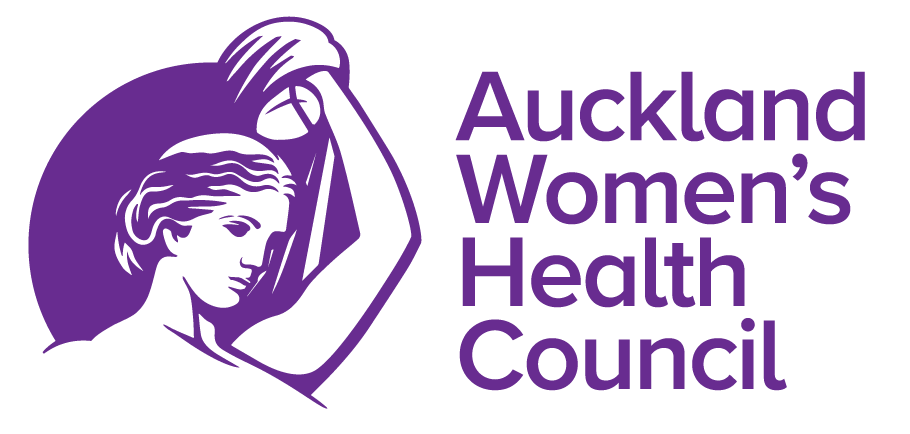The Gynaecological Mesh
First published in the October 2011 edition of the Auckland Women’s Health Council Newsletter
The use of mesh to surgically repair uterine and vaginal wall prolapse has been around for more than a decade. It is now a widely-used procedure for pelvic organ prolapse (POP) and for the treatment of stress urinary incontinence.
Pelvic organ prolapse is a common condition that affects many thousands of women worldwide, and surgery rates to correct prolapse have been steadily increasing throughout the western world.
There are two types of mesh used in surgery: biological and synthetic. While the use of mesh quickly became the treatment of choice, there is now considerable anxiety and uncertainty about the long-term outcome of these interventions. Some of the currently available mesh materials and techniques using mesh in gynaecological prolapse surgery have been found to be associated with significant morbidity.1
At the National Women’s Clinical Report day held on 16 August 2011 guest speaker Professor Julie Quinlivan referred to the problems associated with the use of mesh. During her PowerPoint presentation she posed the question: “Should you be using vaginal mesh outside of a trial setting?” and went on to highlight the concerns that have been raised in medical journals and by the US Food & Drug Administration (FDA).2
Prompted by increasing numbers of adverse reports the FDA issued a safety advisory in October 2008 regarding the use of mesh. A new FDA safety advisory released in July 2011 stated that there are serious concerns over the use of vaginal mesh for the treatment of vaginal prolapse and incontinence.
The FDA reported that the occurrence of serious complications with the use of vaginal mesh is not rare, and mesh use is not proven to provide improved outcomes when compared with native tissue repairs. The FDA-reported complications associated with vaginal mesh include erosion through the vaginal epithelium, infection, pain, urinary problems, recurrence and/or incontinence, bowel, bladder and blood vessel perforation during insertion, and the requirement for additional surgical procedures.
A New Zealand example of what can happen with the use of vaginal mesh can be found on the ACC website in a treatment injury case study that describes the horrific injuries sustained by “Jane, a 48-year-old mother of three.”3
In her presentation to those attending the NWH Annual Clinical Report day Professor Quinlivan outlined how medical devices are cleared by the FDA and how some are able to avoid having to undergo clinical trials before they are put on the market.
Medical devices are classified thus:
• Class 2 (Mesh, contact lens solution, external hearing aid, etc)
• Class 3 (high risk)
The process for class 2 has two options. The first option is used by the pharmaceutical industry when they want to market their device as having FDA approval. To obtain FDA approval clinical trials are required, making this option more expensive.
The second option is much cheaper and is referred to as the 510k option. It involves a payment of $US510,000 which clears the product for market without the requirement for clinical trials, but it means that the device does not have the status of having been approved by the FDA and it cannot be marketed as having FDA approval.
When the device is one that is similar to other medical devices already on the market, eg hip joint replacements, the 510k option is used.
The manufacturers of medical devices are of course highly motivated to classify any new device as Class 2 and get them quickly on to the market, usually with a massive advertising campaign claiming that it is much better than anything else currently available.
Professor Quinlivan reported that 113 devices were either withdrawn from the market or recalled between 2005 and 2009, and 71% of them were Class 2 “510k” devices!2
New Zealand has Medsafe to ensure that the New Zealand public is protected from unsafe medicines and medical devices. Medsafe is a business unit of the Ministry of Health and is the authority responsible for the regulation of therapeutic products in New Zealand.4
For a medical device to be legally supplied in New Zealand it is required to be notified to a database operated by the Ministry of Health. This database, known as the Web Assisted Notification of Devices (WAND) is used to collect information about the range of medical devices supplied in New Zealand, the manufacturers that produced them, and the individuals or organisations responsible for supplying them.
While the supply of medicines and medical devices in New Zealand is controlled under the Medicines Act 1981, the Act does not include provision for any pre-market assessment or approval system for medical devices. Neither is there a requirement for medical devices to be approved by any overseas medical device regulator before they can be supplied here, says Medsafe senior advisor Robert Jelas. New Zealand relies on medical device regulators in countries with “robust pre-market approval schemes” such as Canada, Australia and the European Union.
This means that in New Zealand medical devices can be used on the unsuspecting public without having undergone any clinical trials.
References
1. Royal College of Obstetricians and Gynaecologists. “The Use of Mesh in Gynaecological Surgery.” Scientific Advisory Committee Opinion Paper 19. April 2010.
2. Accessed at http://nationalwomenshealth.adhb.govt.nz/language/en-nz/health-professionals/general. Part 2 in 2011. No longer available.
3. Accessed atwww.acc.co.nz/PRD_EXT_CSMP/groups/external_providers/documents/reference_tools/prd_ctrb094968.pdf but no longer available.
4. www.medsafe.govt.nz/other/about.asp#w
